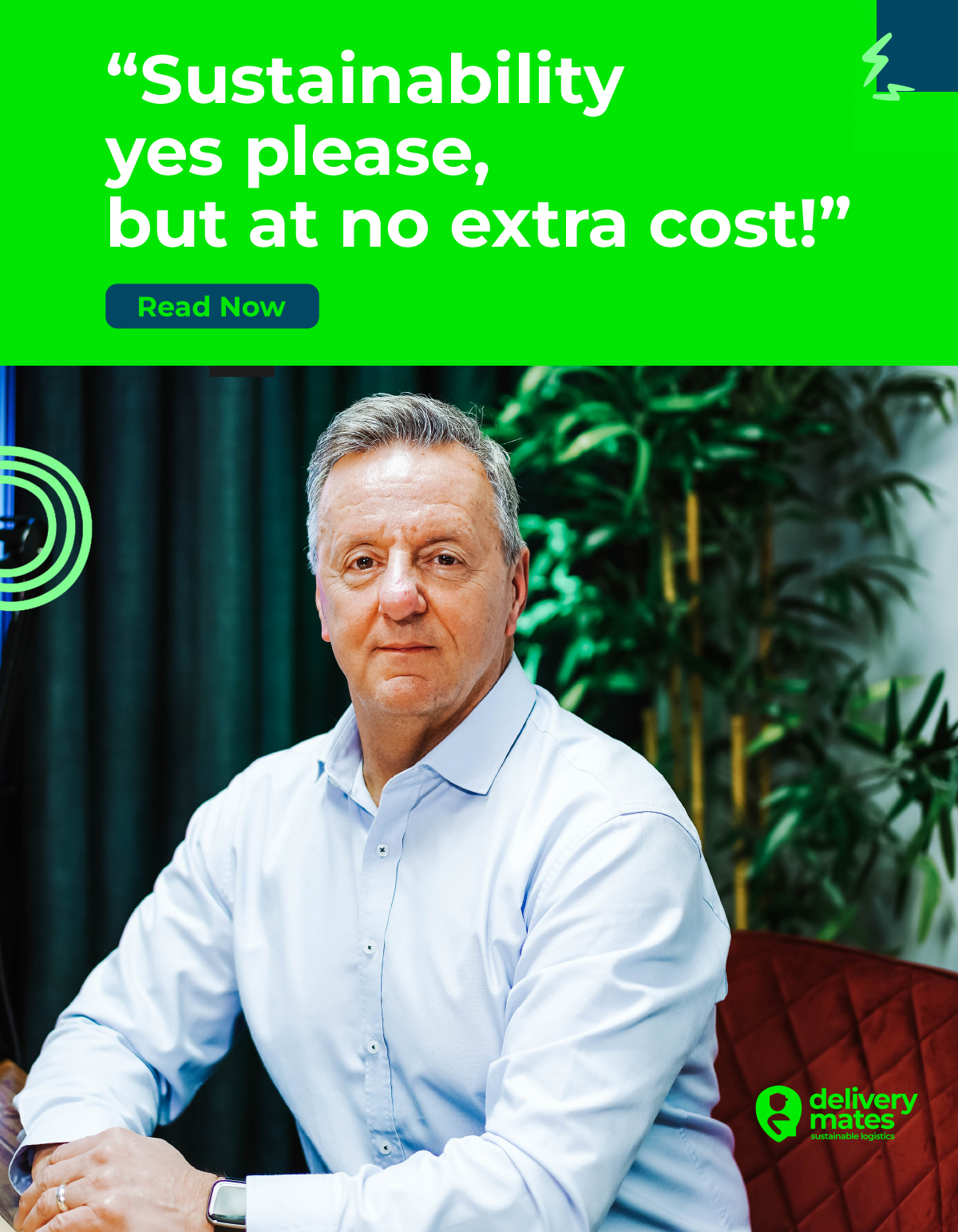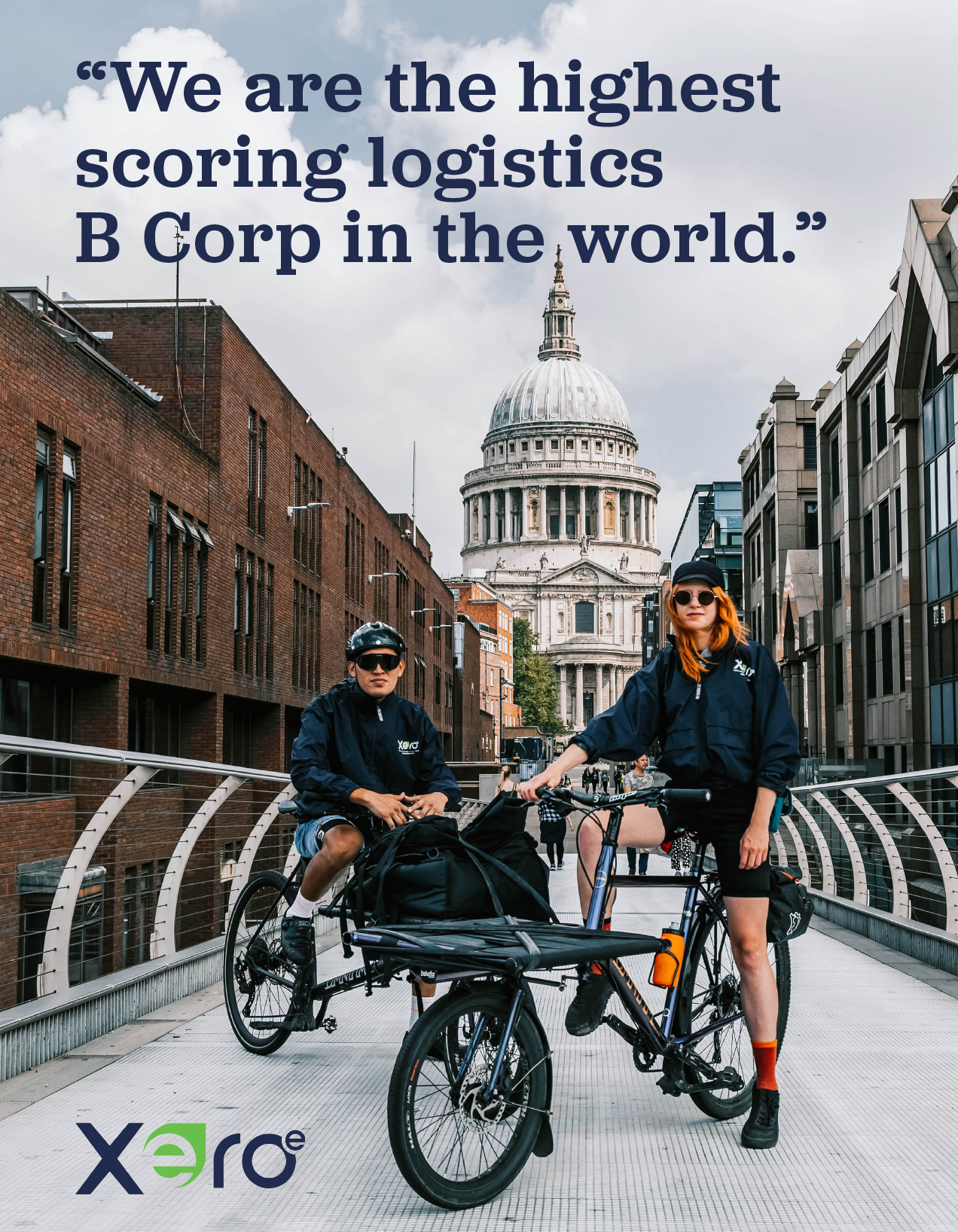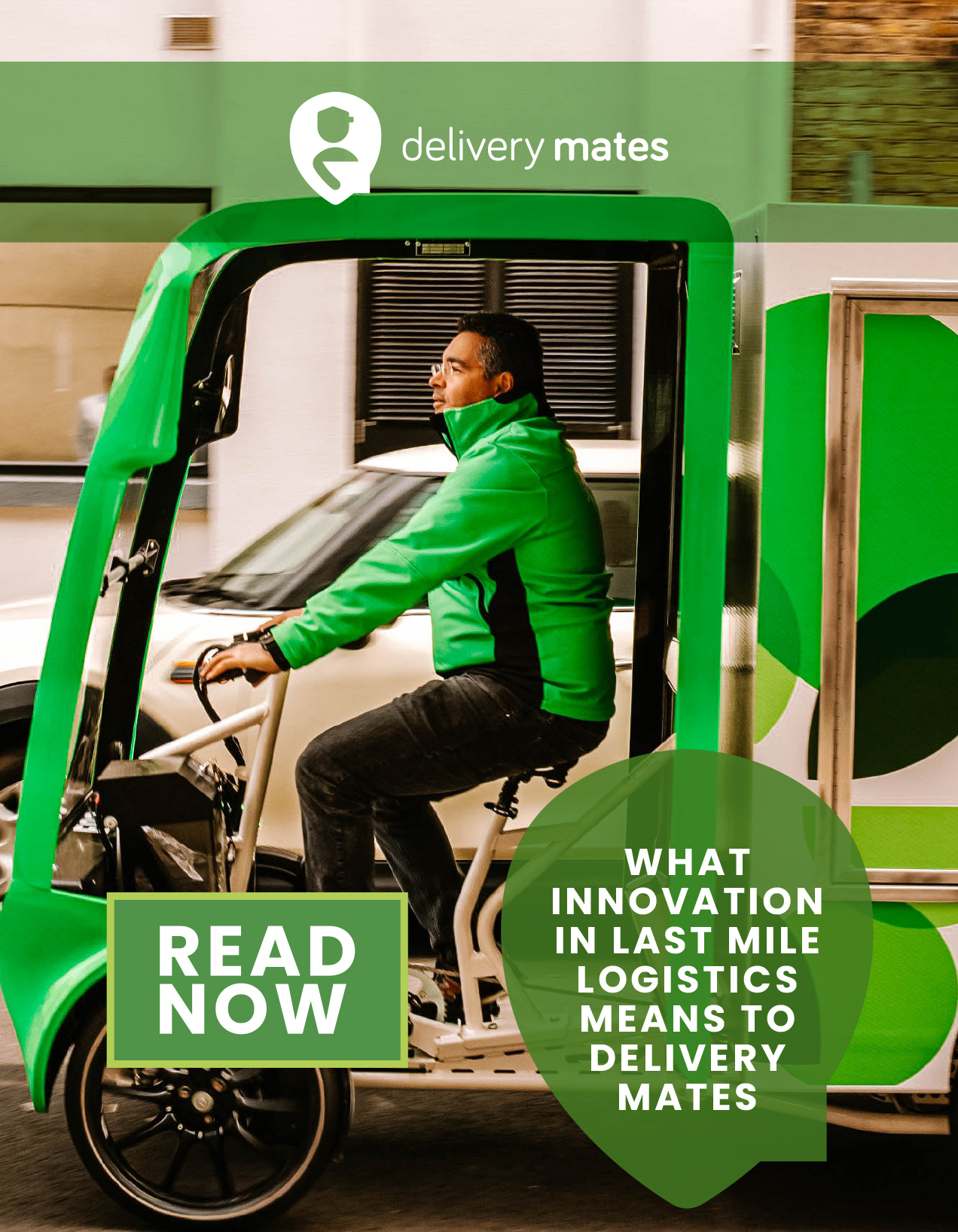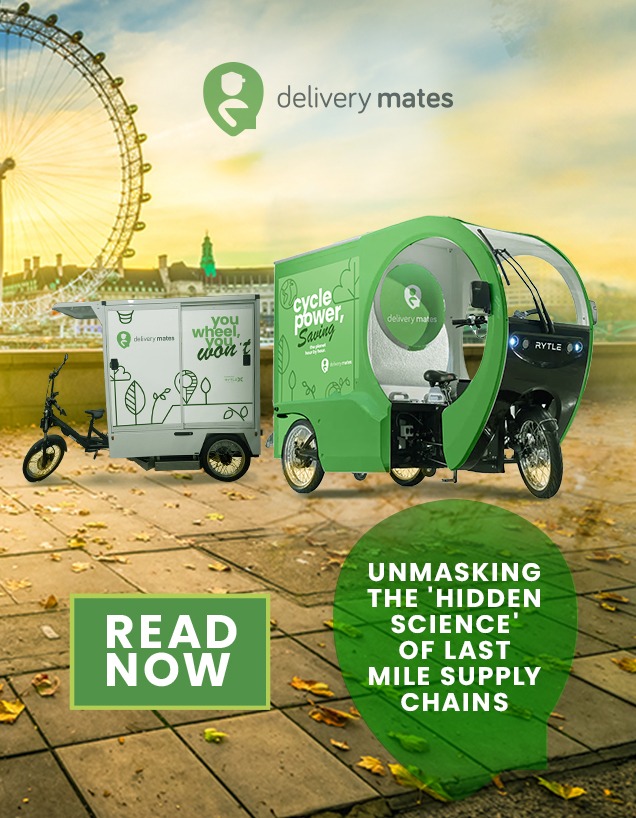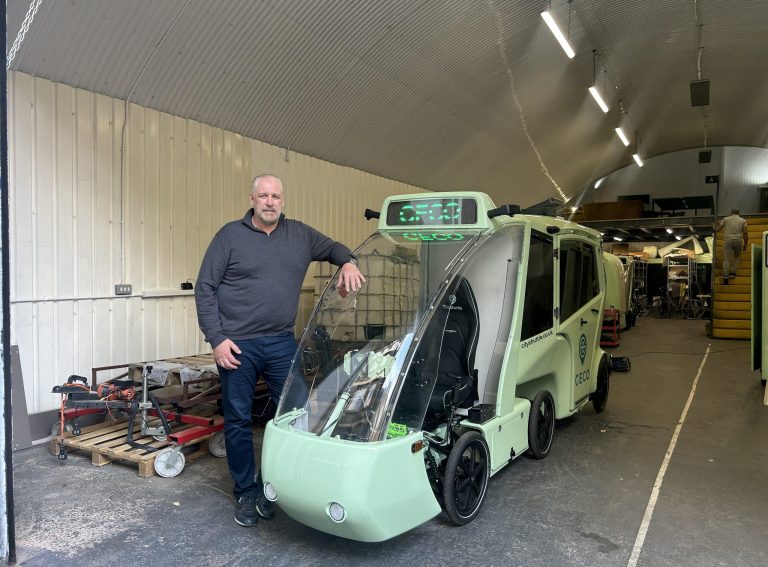More than 20 electric scooter fleet operators are vying for permits to support DfT trials in UK towns and cities over the coming year. The pilot programmes will evaluate the use and impact of e-scooters and assess whether they stand up as a beneficial addition to the country’s transport mix.
Data will be critical to the success of these schemes, both in operation and review. It is therefore imperative that programme stakeholders – micromobility operators, transport authorities, councils and the public – do not overlook the assets that could be available to them.
Without reliable information, there can be no reliable evaluation of trial programmes.
oliver o’brien, zag
Let me be clear: we are discussing non-personal data. We should not be recording data that can be associated with individuals, such as their destinations or how fast they like to ride. We are not advocating for Big Brother.
Data that is appropriately anonymised and aggregated, however, will prove decisive when assessing how, where, when and why e-scooters are used. Without reliable information, there can be no reliable evaluation of trial programmes.
Shared e-scooters are very new here but that doesn’t mean we should overlook data capture and use. Here are three areas that authorities, operators and the public should consider right now.
1: Geofencing data – assuring safe and considerate use
Using geofencing technology, operators and councils can define the boundaries within which users can start and finish journeys. If the area is too broad, it will become too costly to the operator to retrieve e-scooters for maintenance and recharging, and the nearest e-scooter might be too far away for users to easily access. If the area is too small, fewer useful journeys are possible.
Within the permitted footprint, zones can be designated with geofencing technology as no parking, preferred parking, no scooting and slow speed. Areas with high pedestrian traffic could be marked as slow-speed zones, for example, while motorway sliproads and high-speed roads can be made off-limits.
Councils should take the lead in publishing this data and requiring e-scooter operators to comply with it. This ensures a level playing field between multiple operators and allows councils to apply their local knowledge effectively. We are not talking about a yes/no decision on every single road necessarily, but certainly the major red-flag areas, such as major roads or shopping centres.
This data should be published openly and in an accessible format. The “best of house” format is the MDS format developed by the Los Angeles transport department, which has been adopted by other US cities. Councils could also introduce a mechanism to allow members of the public to contribute constructive suggestions, such as requesting their local alleyway become a slow-speed zone. After all, it is the public that is affected by e-scooter fleets arriving in their neighbourhoods.
2: Availability data – evaluating use of the public realm by private assets
Shared scooter (and bike-share) operators log live location data of available units. Often, though, such data is hidden away in custom apps or dashboards, where it is hard to access and harder to verify. Authorities have a golden opportunity right now to work with operators to release this information into the public domain.
There are two principal benefits to gain in so doing. Firstly, citizens who are planning multimodal journeys will find it far easier to incorporate micromobility options if they are presented in the same way, at the same time, in the same place.
Secondly, with transparency comes trust. Researchers will be able to accurately determine whether the systems are living up to what has been promised. Local authorities will be able to ensure that operators are providing a fair and equitable system across each entire trial area. After all, these private companies are using public spaces for profit, so it’s not unreasonable to check how taxpayer-funded areas are being utilised.
Moreover, open data will make it much easier for councils to evaluate the effectiveness of one provider’s approach over another, for example with parking policies or pricing. This will keep programmes fit for purpose and keep operators innovating, avoiding the problems brought by local monopolies (train ticket pricing, anyone?).
Councils, don’t let operators launch if they are not prepared to publish open data (ideally in the GBFS format).
oliver o’brien, zag
Bike-share services, the predecessors of shared scooter operators, have started to consolidate around the GBFS standard for some forms of data. E-scooter companies, some of whom also operate bicycle fleets, have begun to adopt this standard. An industry-wide standard helps with integrating the data for academic research, comparing how the citizens of different cities use micromobility. It also makes it easier for journey planning software, such as Google Maps and Apple Maps, to include e-scooters when routing a person from A to B.
Such data, openly provided, allows for a third party “app ecosystem” to be created, improving access for all and promoting the sector further. The US, thanks to strong interest from city halls and transportation departments, has a strong tradition of requiring open data from its operators. It is a tradition that would serve the UK well too.
Availability data is already built into the systems of all operators. Councils, don’t let operators launch if they are not prepared to publish open data (ideally in the GBFS format).
3: Journey data – identifying street improvements and quantifying the public benefit
Data makes it far easier for highways planners to know where to target improvements and interventions. Where is the best place for a new cycle lane or protected junction? Which destinations are most popular this year? Which were in the past but are no longer?
Above all, councils and local residents need to know that the services are being used, that they are changing our urban spaces for the better.
Oliver o’brien, zag
The tracking devices built into e-scooters can help here. As trials progress, thousands of miles of e-scooter journeys will build clear maps of the routes people are taking through urban spaces. Because the travel conditions that favour e-scooters are very similar to those that favour cycling, this data could be an invaluable tool to assist cyclists and bike-share users too.
Above all, councils and local residents need to know that the services are being used, that they are changing our urban spaces for the better. Are they helping a modal shift, helping reduce car dependency and congestion? Or are they just a new form of leisure for a select few?
We aren’t asking for fancy maps or dashboards, just the raw data. An army of researchers, transport consultants and enthusiasts stands ready to digest it and provide insight.
Data is not a dirty word
After the UK leaves Europe, individuals’ data must continue to be protected. Operators and authorities must take care to ensure that published data is fully anonymised, including removing e-scooter IDs and other indications such as precise battery levels and destination locations. And authorities must be prepared to take strong action to protect against data harvesting that can target individuals.
It is entirely possible to obtain useful data while at the same time protecting the individual without this balance ever becoming an excuse not to publish data at all. For healthy cities and transport networks, councils must demand – and disclose – data. Building the place of e-scooters on solid, incontrovertible evidence will be the best possible method to secure their future and introduce lasting and meaningful change to our towns, cities and country.


